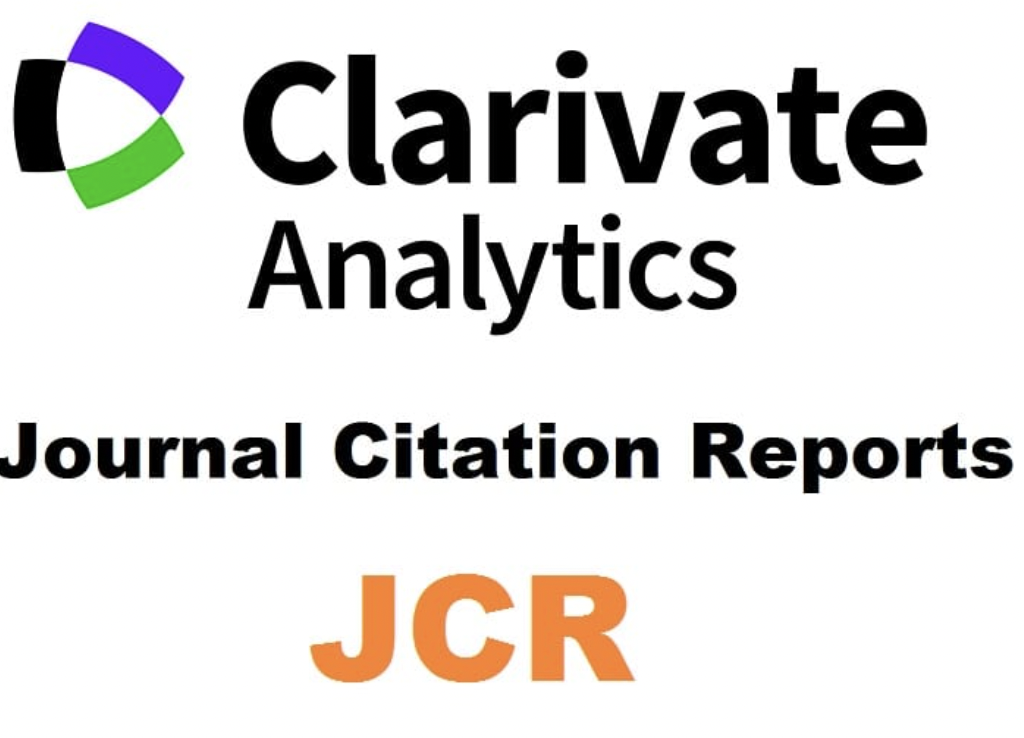LATERAL SURVIVAL: AN OT ACCOUNT
Abstract
When laterals are the targets of phonological processes, laterality may or may not survive. In a fixed feature geometry, [lateral] should be lost if its superordinate node is eliminated by either the spreading of a neighbouring node, or by coda neutralization. So if [lateral] is under Coronal (Blevins 1994), it should be lost under Place assimilation, and if [lateral] is under Sonorant Voicing (Rice & Avery 1991) it should be lost by rules that spread voicing. Yet in some languages lateral survives such spreading intact. Facts like these argue against a universal attachment of [lateral] under either Coronal or Sonorant Voicing, and in favour of an account in terms of markedness constraints on feature-co-occurrence (Padgett 2000). The core of an OT account is that IFIDENTLAT is ranked above whatever causes neutralization, such as SHARE-F or *CODAF. laterality will survive. If these rankings are reversed, we derive languages in which laterality is lost. The other significant factor is markedness. High-ranked feature co-occurrence constraints like *LATDORSAL can block spreading from affecting laterals at all.Downloads
-
Abstract232
-
PDF171
The works published in this journal are subject to the following terms:
1. The Publications Services at the University of Murcia (the publisher) retains the property rights (copyright) of published works, and encourages and enables the reuse of the same under the license specified in item 2.
2. The works are published in the electronic edition of the magazine under a Creative Commons Attribution Non-commercial Share Alike 4.0.
3.Conditions of self-archiving. Authors are encouraged to disseminate pre-print (draft papers prior to being assessed) and/or post-print versions (those reviewed and accepted for publication) of their papers before publication, because it encourages distribution earlier and thus leads to a possible increase in citations and circulation among the academic community.
RoMEO color: green







